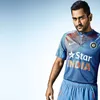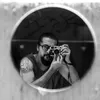Meet Designer Neil Foley who recently designed an original train car for the 2020 Hollywood series ‘Snowpiercer’ on Netflix
The ‘Drone Hanger’ designed by Neil Foley is an award winning design for the Apocalyptic and post-apocalyptic Hollywood action thriller TV Series Snowpiercer on TNT and Netflix.
Neil Foley is one of India’s leading product designers and the founder and creative director of Neil Foley Designs, a multidisciplinary design firm located in Bengaluru.
Their designs and products aim to transform the lives of the user, both emotionally and physically, and create a positive change in their lifestyle.
At Neil Foley Designs, the designers believe that the consumer's experience with the product is always driven towards usefulness and wellbeing.
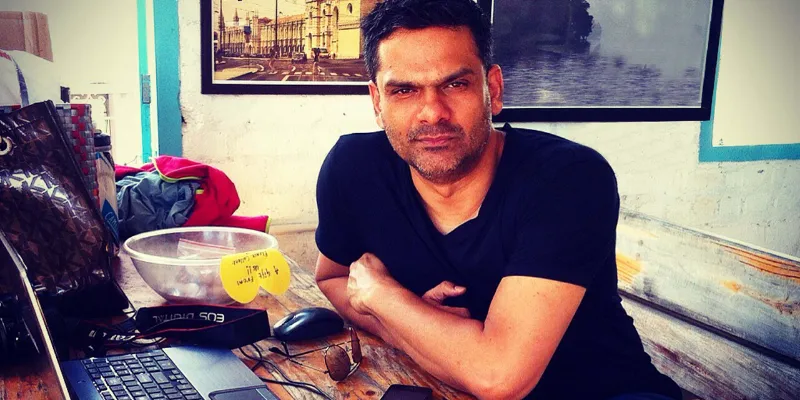
Neil Foley
“For us, design is the voice through which we hope to make the world we live in better, for each one who comes in touch with the final product and in the chain of production.” says Neil Foley.
Their successful and carefully innovated products range from consumer durables, retail solutions, automobiles to urban space solutions, branding to packaging ideas and have all helped clients elevate their business.
Neil, who has been in the design industry for over 24 years has won numerous accolades for his work, both in India and internationally.
Some of the prestigious honours received include Germany’s BRAUN Prize and the Red Dot Design Award,
The International Design Entrepreneur of the Year by British council and Best Indian Designer by business world and Elle Décor to name a few.
Most recently he designed an original, customised and visually inspiring train car for the Hollywood 2020 apocalyptical and post-apocalyptical TV Series, Snowpiercer, which can be streamed on both TNT and Netflix.
Snowpiercer is set more than seven years after the world has become a frozen wasteland. It centres on the remnants of humanity, who inhabit a gigantic, perpetually moving train that circles the globe.
Class warfare, social injustice and the politics of survival play out in this riveting television adaptation. Starring Oscar® winner Jennifer Connelly and Tony Award® winner Daveed Diggs star in this futuristic thriller.
In an exclusive interview with YS Weekender International award-winning Indian designer, Neil Foley talks about his new design the ‘Drone Hanger’ for the Netflix show Snowpiercer, his thoughts on design and the process that went behind it, and his desire to keep working on more challenging and innovative projects.
YSW: Tell us a little bit about how your love for design started?
NF: As a child I was always curious to find out how things worked. I always questioned then – “Is this the only way something can be made or done? What if?” I used to put down my ideas in the form of rough drawings.
I think this curiosity coupled with communicating them through drawings led me to take up design as a profession.
I learnt the skill of drawing and painting from my father, who is a retired Lt.General, but an avid painter and a lover of wildlife. He taught me to look at every single detail in a painting. This is one of those innate learnings that has incredibly helped me in my thinking process.
YSW: At Neil Foley Designs, you believe that design is the way forward for an improved lifestyle and to meet evolving consumer needs. How is this done?
NF: We design products, systems and environments which transform an individual’s experience into a memorable one with stories that have a deeper connect and meaning.
Through design thinking we identify the latent need of products and our creativity dramatically alters perceptions through design.
Our design language is minimal, and ‘simplicity' is our core value.
Every product we design expresses how much we care about the world we live in. The products we design evoke a cognitive dialogue with the user, whilst forming a deep and meaningful connection.
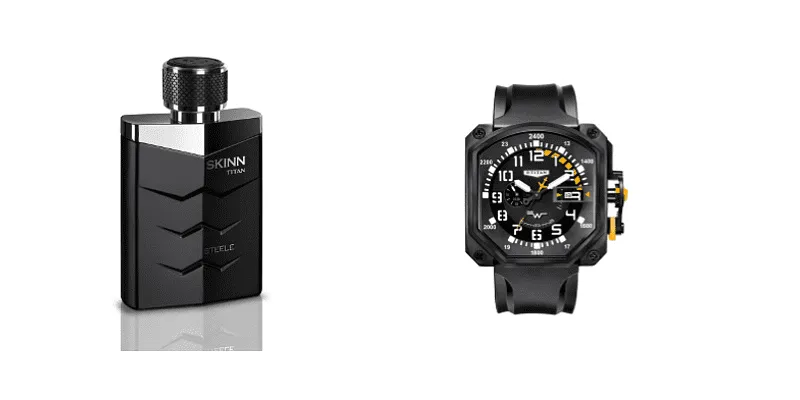
Designs by Neil Foley.
YSW: You have designed many successful products in the field of consumer durables, automobiles, urban space solutions amongst others. Can you tell us about some of your personal favourites?
NF: The greatest achievement I think for a designer is to see one’s products in the market touching and enhancing the lives of people.
I am deeply connected with all the products I have designed, since each one of them has solved a unique consumer or technology challenge.
Among my favourites are the kitchen appliances, and mixer grinders, which have helped companies create a whole new kitchen experience, thereby having generated a huge revenue which has substantially impacted the valuation of a company.
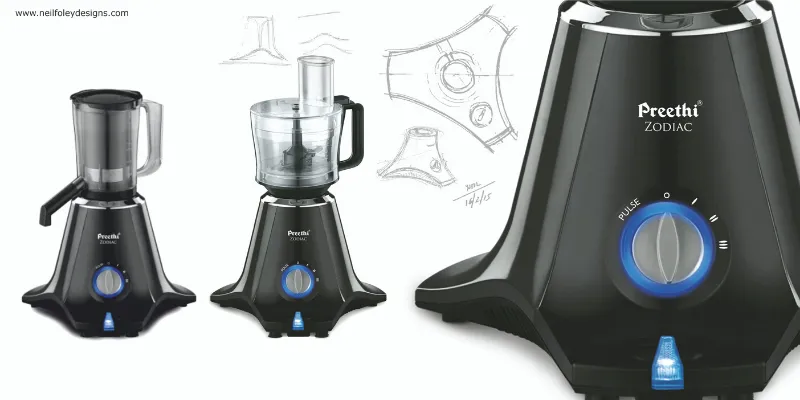
Kitchen appliances are amongst the few designs Neil has the most fun creating.
YSW: What would you define as an ideal client?
NF: An ideal client is one who knows that a design solution goes way beyond a product, because in the design thinking and research process lie huge answers, which hold in them the secret to transform a business.
However, in a sense, every client is an ideal client, as each one approaches you for a different set of product challenges, and we as designers use design as a tactical tool to solve them.
YSW: What is your design process like at Neil Foley Designs?
NF: Every new project we work on comes with its own set of challenges. I believe the design process needs to be fluid and over the years, we have been evolving our design process to make it behavioural and reflective.
YSW: You have been awarded with numerous accolades in the past such as the prestigious German ‘Red Dot Award’ the ‘Braun Prize’ and have won the ‘International Design Entrepreneur of the Year’ by the British Council. How does it feel to be recognised for your designs?
NF: I think it is important as a designer to push the envelope of creativity, design sensibility and manufacturing levels and continuously upping your design thinking and visualisation levels. International design competitions are a great platform for this.
The best part of winning an international award is that one gets to meet like-minded people, all working towards creating a better world through design and design thinking.
Also, people world over get to see your work and one is then able to collaborate with clients not just in India but across the world, and this is fantastic because through one's design one is able to touch the lives of more people and make it better, through your work.
Design is inclusive and is for everyone, and the more people it touches the more dynamic its impact.
YSW: Who are some of the artists, designers, content creators, writers, filmmakers that inspire you?
NF: There are a lot of people who inspire me. I would love to work with the filmmakers Steven Spielberg, George Lucas, Joseph Kosinski and Ridley Scott.
I think films are a great way to make an impact and change a mindset, which is where the big change can change it all.
Thinking about the future is a passionate form of research I am constantly involved in. Most of my design projects are solving problems of the present, but edge into the future.

The Dronehanger design for the Netflix original series Snowpiercer.
YSW: You recently were a winner in the International Design Competition, for designing a visually inspiring train car called - ‘Drone Hanger’ for a new Hollywood series Snowpiercer on Netflix. Tell us about your new design.
NF: The project was to design an original, customised and visually inspiring train car for the Hollywood Series, Snowpiercer.
I believe that in the series as the days move into the future, Wilford Industries that built the train would have to look for newer ways to scout around the planet in search of food and energy sources.
I proposed a manned/ unmanned drone hanger. Pilots are sent out from the train into the surroundings for reconnaissance.
The roof has three retractable glass roof doors for three manned and unmanned aircrafts to launch themselves out of the moving train.
These launch pads can also be designed to be partitioned to create individual launch zones. Under the mid pad one has the drone maintenance unit.
This drone hanger adds to the increased range and survivability of the train, thereby increasing the survivability of humans on this planet.
YSW: What is the Netflix show Snowpiercer about?
NF: Snowpiercer, is a new Hollywood series on TNT and Netflix.
Snowpiercer is set more than seven years after the world has become a frozen wasteland. It centres on the remnants of humanity, who inhabit a gigantic, perpetually moving train that circles the globe.
Class warfare, social injustice and the politics of survival play out in this riveting television adaptation. Oscar® winner Jennifer Connelly and Tony Award® winner Daveed Diggs star in this futuristic thriller.

The visually inspiring train car took nearly a month to design.
YSW: How did you hear about the competition, and what was the application process like?
NF: As a designer I like to continuously benchmark my design skills and to keep abreast of today’s ever changing social and tech world. So, I scout the world wide web for challenges where I could challenge myself by participating in these design competitions.
Like any other challenge, there was a very clearly defined brief and guidelines that one had to follow.
In this case one had to design an original, customised and visually inspiring train car for the Hollywood Series, Snowpiercer.
YSW: How long did it take you to create your design, from idea generation to design detailing to the final outcome?
NF: I always start a project by deep diving into understanding the scenario/ environment for which I will be designing.
In this project I started with immersing myself into the Hollywood series, understanding the plot, the characters, the overall design language of the sets and costumes, the technology used in products and spaces.
Post that, I always start brainstorming ideas using a pen and a clean sheet of paper. Doodling idea after idea.
Once I have evaluated that a certain idea has potential, I start to refine them and detail them out to its final avatar.
The overall design time for a project is around 25 to 30 days.
YSW: Who are some of the members of your team who collaborated with you to bring this design to life?
NF: There are some projects which I take up on my own, solely to challenge myself, to exercise my left brain and to test my limits of ideation and visualisation. This was one of such projects.
YSW: Do you hope to work on more projects like this in the future? Is there something exciting you are currently working on?
NF: For me, scouting the worldwide web for interesting challenges is an ongoing process. I would love to work on more Hollywood movie related projects especially sci-fi movies.
Yes, I am currently working on a few very exciting projects. Unfortunately, I cannot disclose them. But once they have reached a certain level in the design and development process, I would love to share the design thinking behind the same.
YSW: With the COVID-19 pandemic, how do you think the design industry is going to change?
NF: My view is that the design of products and systems are going to move towards sustainability with manufacturing and development becoming more local.
Eco-friendliness and reusability are going to become an inherent design DNA in products. Skill sets within borders are going to be needed, therefore I see a rise in this and an opportunity. Skill collaboration will be on a high.
YSW: What is your message to the young designers out there, hoping to start their own firms?
NF: The opportunity is immense. The world's products, manufacturing and technology is a continuously evolving landscape.
So, we as designers have a lot to work with. Innovative design is the future, since it is needed in every single tangible and intangible thing, we have around us.
YSW: What do you enjoy doing most on the weekend when you are not designing?
NF: I love painting on the weekends. I am currently working towards having an exhibition by the end of the year. I spend a lot of time on concept art and visualising future products and environments. I read endlessly about science fiction, aircrafts, innovations in science and technology. I also love reading and looking at comic art. Meeting up with people of various backgrounds, chatting with them, understanding their world are also a part of my weekend plans.
Edited by Asha Chowdary



